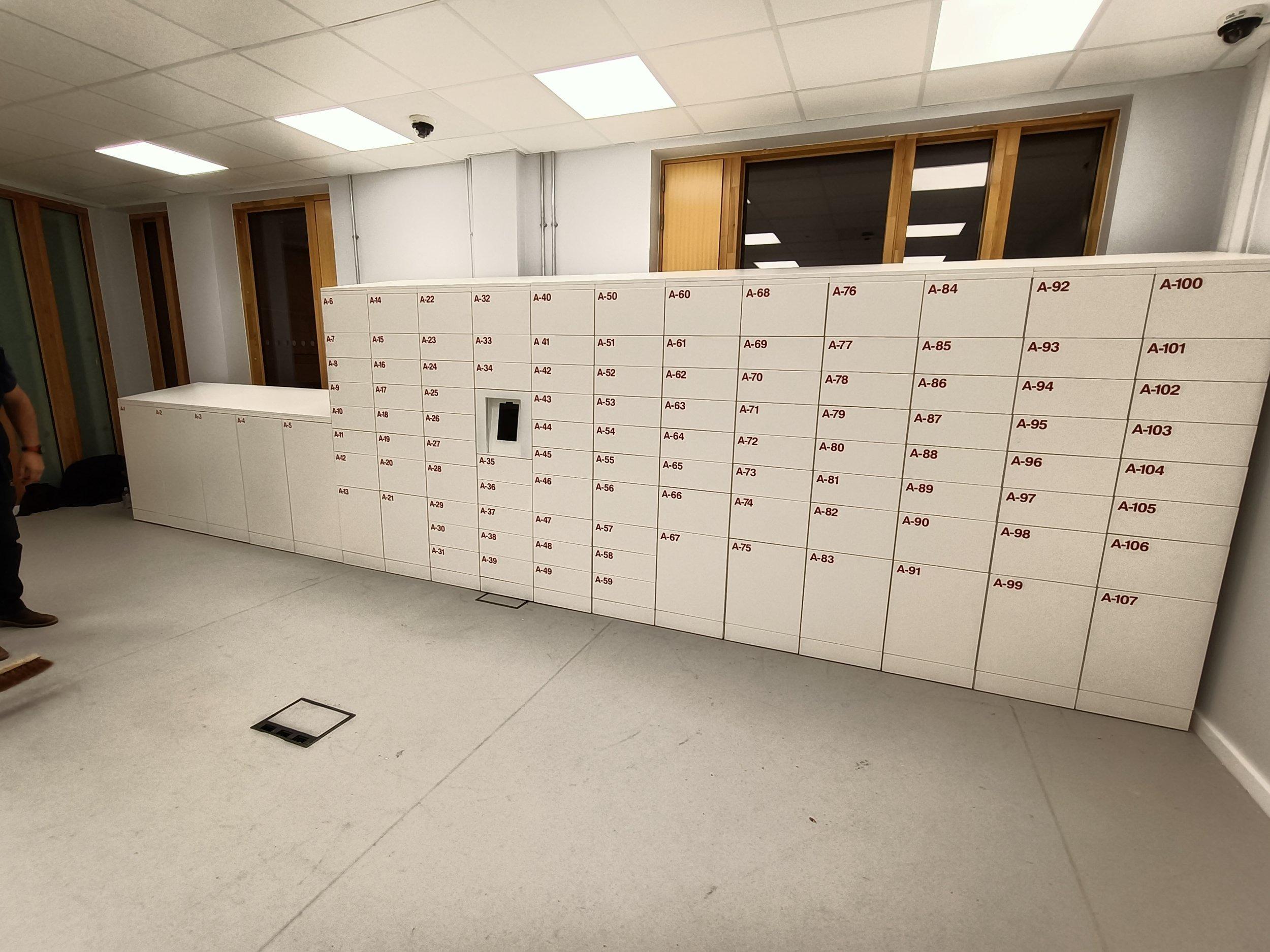Key Drivers in the Construction Equipment Rental Market
The construction equipment rental market is witnessing significant growth in emerging economies, driven by increasing infrastructure development and urbanization. Countries across Asia-Pacific, Latin America, and Africa are investing heavily in public infrastructure, residential projects, and commercial spaces. These regions face challenges such as limited access to capital, which makes renting equipment a more viable option for contractors and small businesses.
Rental solutions provide cost-effective access to essential machinery like excavators, cranes, bulldozers, and backhoe loaders. By renting, companies avoid the heavy upfront capital expenditure associated with purchasing equipment outright. Additionally, rental providers offer flexible contracts and maintenance services, reducing operational complexities for construction firms.
Furthermore, technological advancements such as telematics and IoT integration are helping rental companies offer smart equipment solutions. These tools monitor usage, fuel efficiency, and maintenance schedules, ensuring better uptime and productivity. Construction firms in emerging markets increasingly rely on such services to optimize operations without the need for heavy investments in infrastructure.
Governments are also playing a role by encouraging rental services through supportive policies and incentives. For instance, tax benefits for rental firms and streamlined equipment approval processes are fostering growth in the sector. The availability of skilled labor, coupled with affordable rental options, is allowing businesses to expand their capabilities, especially in regions where importing or purchasing equipment is financially burdensome.
In summary, the construction equipment rental market is set for robust expansion in emerging economies, driven by rising construction activities, cost considerations, and technological integration. Rental services are transforming how projects are executed, allowing businesses to scale operations efficiently while maintaining financial flexibility.







